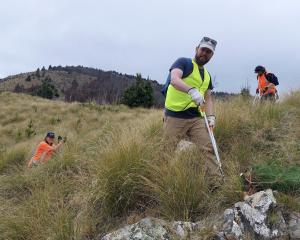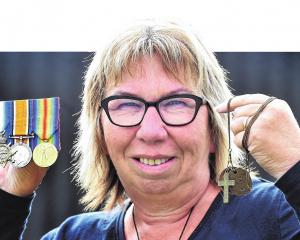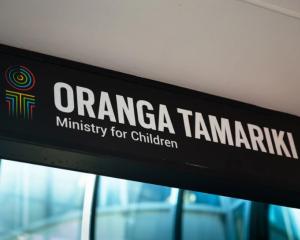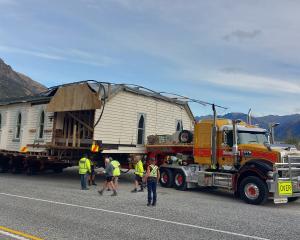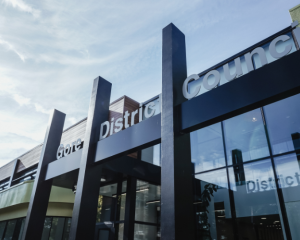Invercargill Mayor Tim Shadbolt and Venture Southland's Steve Canny met biotech representatives in Auckland last month to persuade them Southland was the best location for the expansion. T
he treatment involves transplanting pig pancreatic islet cells into the abdomens of unstable type 1 diabetes patients to boost insulin production and help regulate blood glucose levels. The Auckland Island pigs are vital in this process, because they are the only pigs in the world which are virus-free.
The treatment, known as Diabecell, is owned by a joint venture company Diatranz Otsuka Ltd, in which Living Cell Technologies (LCT) and Otsuka Pharmaceuticals Ltd have a 50% interest. LCT planned to expand pig cell production by 100% and wanted to move the facility further north, in part to reduce cell transportation costs, Mr Shadbolt said.
Otsuka had taken on board the need to expand the operation and was considering a proposal to increase production at Awarua, he said. Southland's location, climate and proven skills in animal husbandry made it the ideal location for the quarantine facility, he said.
In a Southland Express column on January 31, Mr Shadbolt claimed biotechnology projects involving the Auckland Island pigs could bring in a bigger return to Southland than the dairy industry within the next 20 years.
LCT was also trialling the use of the pigs' cells in the treatment of other conditions such as Parkinson's disease, Mr Shadbolt said last week. If other diseases could be cured using the Auckland Island pigs, production could quadruple, he said.
''They are the most magic pigs in the universe.''
Selling animals as meat did not make as much money as selling them as a health product, he said. LCT chief executive Dr Andrea Grant said the company was reviewing its pig requirement and expanding the Awarua facilities was one option the company was considering for its next growth phase.
''Currently, we anticipate having one facility in the South Island and another in the North, because some degree of geographical separation in the herd is ideal for quarantine purposes.''
The clinical trials were on track to be completed by 2015 and a product could be commercially available by 2016, the company said in a media statement.
Auckland Island pigs
1807: Pigs first introduced to Auckland Islands as food for stranded sailors or visiting whalers.
1840, 1842 and 1890s: Further pig liberations.
End of 19th century: Thriving virus-free pig population of mixed origin develops largely undisturbed until late 20th century.
1999: New Zealand Department of Conservation decides to eradicate all introduced species from Auckland Islands. Invercargill man the late Ross Fraser rescues 17 pigs and transports them to Invercargill, where Mayor Tim Shadbolt pays to house and feed them using the mayoral contingency fund.
2009: Living Cell Technologies quarantine facility built at Awarua, near Bluff.
2013: About 70 pigs housed at Awarua.
- Petrina Wright.



